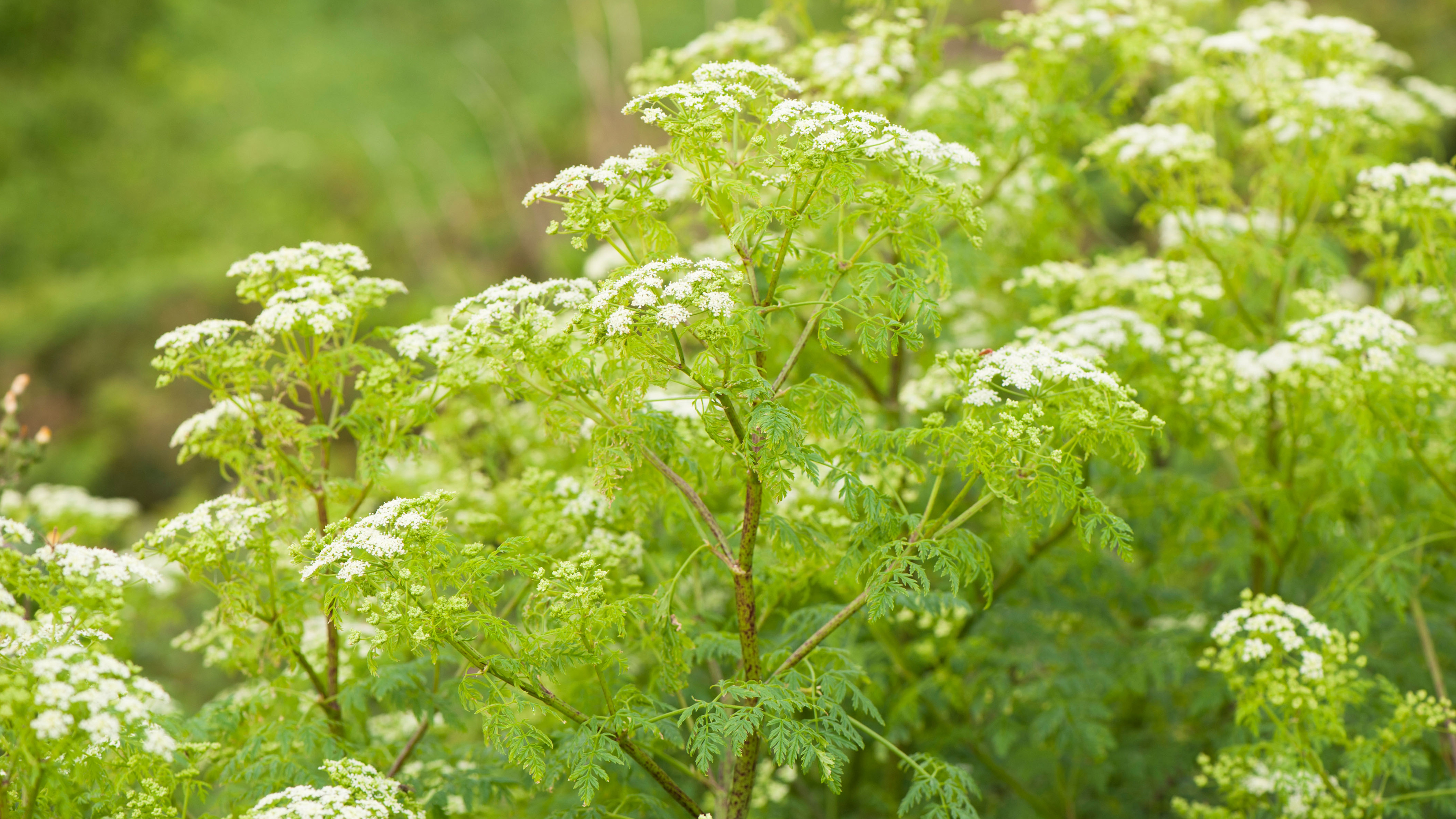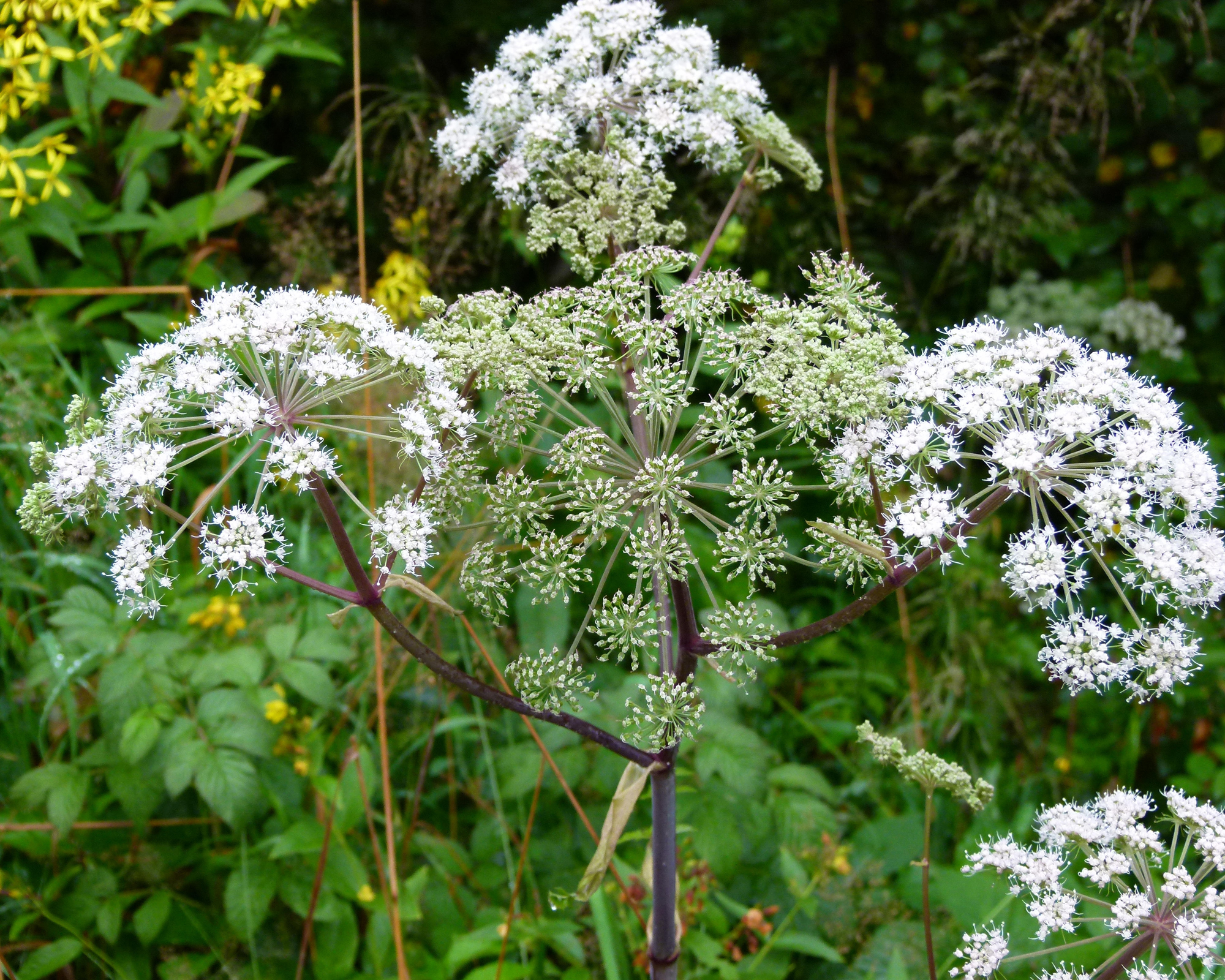US gardeners warned about a nationwide poison hemlock infestation
Poison hemlock is spreading across the US on an unprecedented scale, with gardeners urged to learn to identify the dangerous plant

US gardeners are being warned about the fast spread of poison hemlock across the country. Once brought over from Europe as a fancy garden plant, poison hemlock has proved itself to be highly invasive – and dangerous to humans and animals.
You will want to learn how to get rid of weeds effectively if you spot this plant in your backyard – and you should make sure your kids and pets steer well clear of this fast-spreading weed if you see it in the wild.
What is poison hemlock?
Poison hemlock, or Conium maculatum, is a plant in the Apiaceae family, which is often referred to as either the carrot or the parsley family. It resembles both – its leaves look similar to parsley, while its delicate white blooms look a lot like wild carrot – or Queen Anne's Lace – blooms.
However, Queen Anne's Lace has green stems covered in fine hairs, whereas poison hemlock can be identified by its purple blotched, smooth stems.

Which parts of the plant are poisonous?
Here's the bad news – all parts of the plant are highly toxic. You must never pick this plant with bare hands as the sap is a skin irritant and can cause blisters and photosensitivity.
However, the most dangerous parts of the plant are the seeds and roots – ingesting these in any quantity is very dangerous and can lead to seizures, paralysis, and even coma. The effects are equally severe for humans and animals – there have been many cases of hemlock poisoning in horses, for example.
Our guides on the most poisonous plants for dogs and plants that are poisonous to cats reveal what other plants to watch out for to keep your pets safe from harm.

Why has poison hemlock spread so much?
A lack of native competing plants and beneficial weather conditions have led to an explosion of poison hemlock this year, especially in Midwestern states that have seen a wet summer. The National Park Service explains that poison hemlock 'acts as a pioneer species and quickly colonized disturbed sites. Infestations occur along roadsides, field margins, ditches, marshes, meadows, and low-lying areas, but poison hemlock prefers shaded areas with moist soil.' Anywhere that has had plenty of rain this summer can expect to see hemlock in their area.
What is the best way to get rid of poison hemlock?
The best way to tackle this invasive weed if you see it in your backyard is to dig up the whole plant – while wearing protective gloves, long-sleeved clothing, and protective glasses – you don't want the sap from it anywhere near your skin or eyes. You can also try using the best weed killer if you don't want to dig it up, but be careful not to damage beneficial plants that may be growing around it.
Whichever method you choose, you must tackle poison hemlock before its seeds ripen in July-August. If you try and eradicate it in late summer, you're likely to help it spread even more, because one plant can scatter 30,000 seeds. It's best to get rid of it in April-May.
Anna writes about interior design and gardening. Her work has appeared in Homes & Gardens, Livingetc, and many other publications. She is an experienced outdoor and indoor gardener and has a passion for growing roses and Japanese maples in her outside space.
